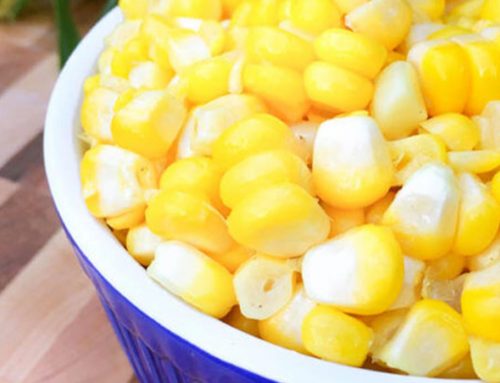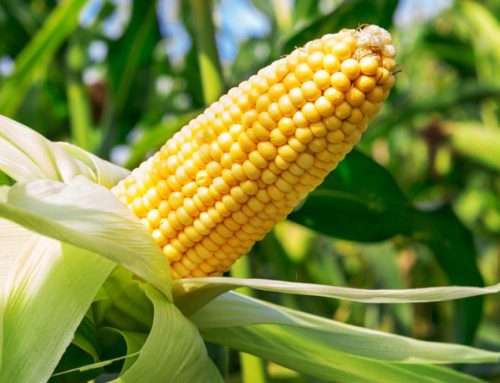Required conditions
Temperature
Although corn is a tropical plant it can’t stand excessive heat and the best place to plant corn is an area that has a temperature of 21 to 32 Celsius for 3 to 4 months. If the temperature drops below 18 degrees in the middle of the cultivation period in the summer or the average temperature in the summer goes below 13, the plant’s growth will decrease and if the temperature stays low for any longer the cultivation will be impossible.
Water
Corn normally needs a lot of water during the pollination, leaf, and seed growth during the hot months of summer. The irrigation frequency depends on things like the soil and weather but is somewhere between 2 to 15 times. Rainfed cultivation of corn is also possible in areas with annual rainfall between 250 to 2500 mm.
Soil
Corn has a better yield in deep, fertile, and drained soil with a medium texture. Corn is very sensitive about lower oxygen levels in the soil which could be because of moisture or compressed soil levels in the ground. Corn can grow in soils with a PH level between 5.5 to 8 but the optimal level for Corn in 6 and any lower PH levels affects the plant’s ability to absorb calcium.
Planting time
The best time to plant corn is in the spring when the temperature of the soil in the depth of 7-8 cm has been about 13 C for 3 to 4 days. If the farmer can’t measure the soil’s temperature, they can use the weather’s average temperature between 7 AM to 12 PM.
Fertilizer
Chemical fertilizers, especially those with nitrogen, phosphorus, potassium, calcium, magnesium, and sulfur as well as manganese, iron, zinc, and molybdenum are very critical in increasing the corn yield. The best time to use fertilizers is in the spring and before planting (or at the same time). The best method is to pour fertilizer about 5 cm away and 3 to 5 cm deeper than the seed.
Corn Pests and Diseases
Corn smut and sorghum smut are the most important diseases between corns caused by U.maydis and Sphacelotheca reiliana respectively. This disease normally infects the stem and leaves and replaces the healthy corn cob with a mold of fungal spores. The common diseases of corn leaves are: bacterial wilt and leave rust. Seed, spike, root, and stem rot are also among rare bacterial diseases. Disinfecting the corn seed with tizam, orthocide and arazan can help control these diseases.
Harvesting
In order to harvest the crop, the grain’s moisture must be between 20 to 25 percent. If the crop is supposed to be used for livestock, then it can be harvested with a moisture level of 25 to 28 percent as well. Today the harvesting process is usually automated and using different machines, the corn is harvested, peeled and then the corn seeds are removed from the cob by another machine. The crop’s moisture level must be 17% for storage and the store’s temperature must not be higher than 10 C. although. Seeds with moisture levels higher than 17% can be store at a higher temperature.
Uses for Corn
Corn has a white or yellow seed (or a mixture of both). Foods made with white corn usually have a higher quality. A corn seed has three parts: endosperm, germ, pericarp. Protein levels in the seed vary between 8 to 15% depending on the environment, plant’s type, and cultivation conditions. Zein is the major protein in corn which has an important role in human nutrition.
Corn seed has 4% fat mostly stored in endosperm. Corn has many uses: it can be grinded to make corn flour which is used in different food. Its stem and leaves are used for making paper, cardboard, or even wallpapers. Corn flour is also used in the production of glue or soap. Corn starch is used in dyes, pharmaceuticals, inks, and plastics



